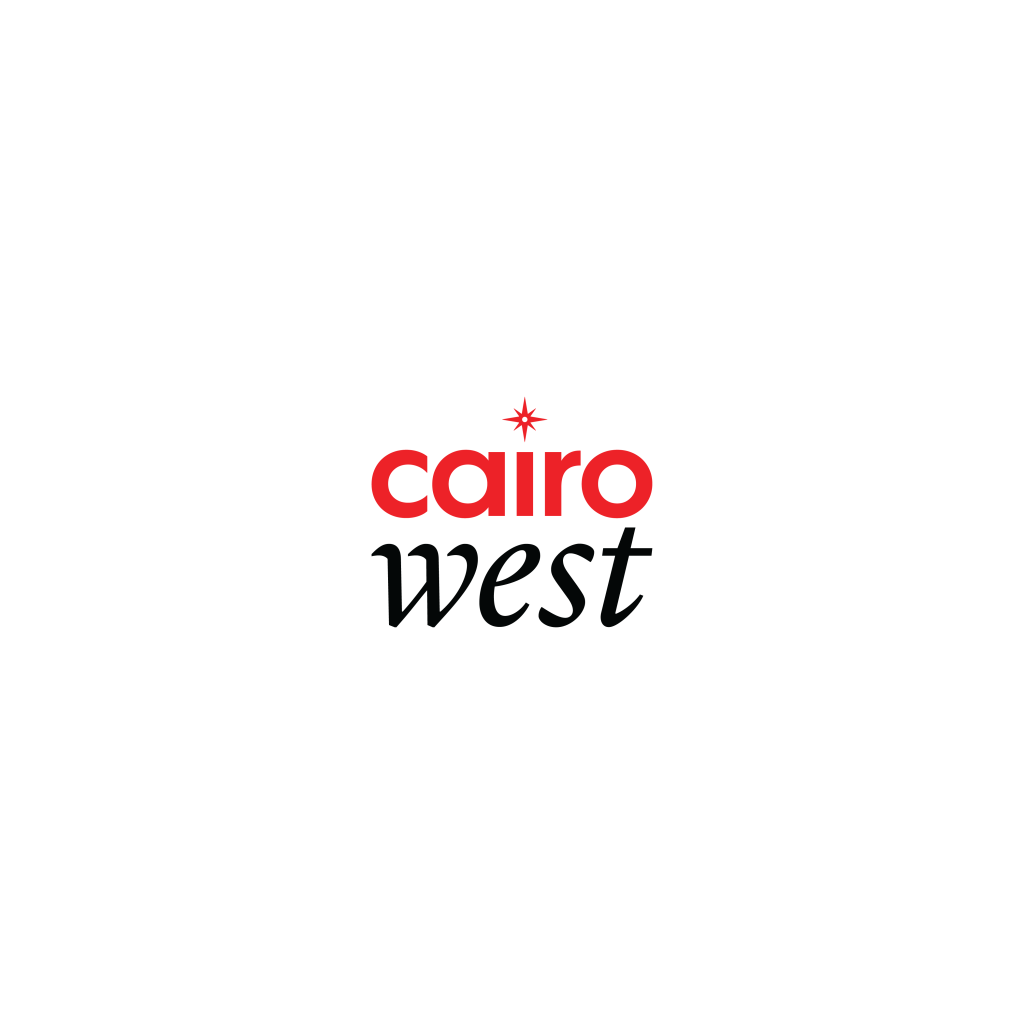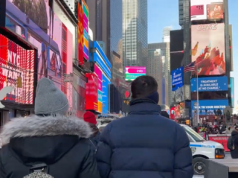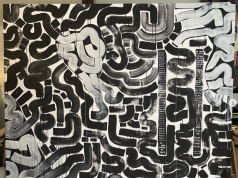Darb 1718’s Something Else
When one thinks of electronic music, the first associations are mega clubs in cities like Berlin, Amsterdam and London, filled to the brim with sweaty, dancing bodies. However, Cairo was having an electronic moment of its own last month at Darb 1718’s talk on Electronic Music in the Middle East and North Africa, part of the center’s OFF Biennale initiative, Something Else.
Set in the space’s own backyard on a chilly December evening, music curator and programmer, Neil Van Der Linden, took us through a timeline of the genre in the region. Van Der Linden explained that one of the pioneers in Egyptian electronic music, Halim El-Dabh, composed one of the earliest known electronic tape recordings, “With very simple means at those times, such as wire recorders. He created a distorted sound which mixes so well with the sounds coming from the street.”
The hybrid underwater/ambient street noise may sound current but was, in fact, produced as far back as 1944. Van Der Linden continued to surprise by adding that “Egyptian cinema gave a lot of opportunity for experimental musicians – even with commercial, mainstream movies with Fareed Al Atrash, Sabah and Abdel Halim Hafiz, the composers were so innovative – it’s astonishing.”
Perhaps one of the most notable examples of this was in the 1969 film The Night of Counting Years (also known as Al-Mummia), directed by Shadi Abdel Salam and produced by renowned Italian filmmaker, Roberto Rossellini. Van Der Linden explained that the Egyptian director sought the Italian composer, Mario Nascimbene, whose eerie style intensified the film’s dark, pensive feel.
The conversation inevitably led to a discussion on the rise of Mahraganat and Electro Chaabi, the recent electronic street music movement pervasive in modern day Cairo.
Artfully produced videos only serve to add to their ever-growing appeal – the strobe lighting, composite imaging and minimalist space of Hussein Sherbini’s Etnein Arba’a, for example, emphasize the track’s smooth raps and deep bass. In fact, what makes these artists more significant on the current Egyptian music scene is their videos’ experimental visuals – establishing their work as more than just music, but a multi-disciplinary art.
With an unquenchable thirst for new platforms to dominate, the Egyptian art scene continues to flourish. Music, sculpture and photography are just some of the disciplines covered at Darb 1718’s Something Else showcase.





